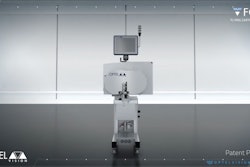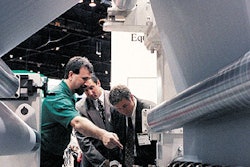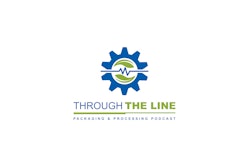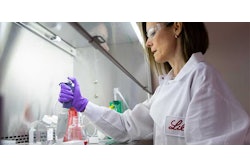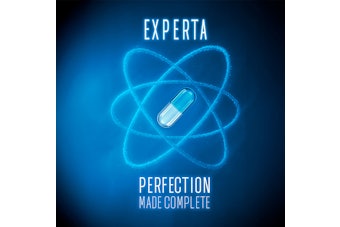Let's take a typical consumer product supply chain and let's be generous with the various steps of it. Suppose that a manufacturer produces a discretionary consumer product, like some sort of snack food, for a cost of $1. Although often times this product may go directly to a retailer, let's say for the sake of argument that the manufacturer sells this product to a wholesaler for $2. Most would be very happy with this, and out of that $1 margin, the manufacturer would fund its R&D, some capital expenditures, marketing and sales expenses.
Now let's give the wholesaler a decent living and say that it sells the product to a retailer for $3. Since we also want the retailer to send its employees' kids to college, the retailer can sell it for $4.50. That's a 4.5 times markup on the original cost. In some industries, that is a lot of markup. In others, maybe it's not so much. But its order of magnitude, as we physicists say, is in the ballpark.
Now let's compare that to a pharmaceutical. We know that pharmaceutical companies demand and deserve a significant markup to fund the cost of R&D. So, a product that costs $1 to make will sell to a wholesaler for $10. That gives the pharmaceutical company an extra $8 to fund research. But let's now follow this pharmaceutical through the rest of the supply chain.
The wholesaler sells the $10 item to a retailer for $20. The retailer sells the item to the insurance company of the patient for $40. On the snack food, the end customer, who is buying essentially a luxury item, pays a 450% multiple for the $1 item. On the pharmaceutical product, the end customer, who is buying a necessity, pays a 4,000% multiple.
We already agreed that the pharmaceutical company needs the extra $8 of markup to fund R&D, but why is the rest of the supply chain entitled to a $28 premium to move a $1 product from wholesaler to customer? We'd be better off to pay $4.50 for the $1 pharmaceutical and have a 200% tax to fund R&D. As consumers, we'd save $26.50 on our prescription, the pharmaceutical company would get just as much to spend on R&D, there would be $1 available to fund the tax collection process, and the supply chain would have to perform as efficiently as it does for other consumer products. Maybe this is how the big retailers are able to supply medicines for $4 per month.
OK, I didn't account for the fact that pharmacists have to count out the pills. But couldn't the pills come prepackaged with an accurate count? A good scale and bagger can weigh out and package candy with an accuracy of less than plus or minus one piece. Am I missing something here?
--By Keith Campbell, consultant and OnTheEdge.com blogger
Now let's give the wholesaler a decent living and say that it sells the product to a retailer for $3. Since we also want the retailer to send its employees' kids to college, the retailer can sell it for $4.50. That's a 4.5 times markup on the original cost. In some industries, that is a lot of markup. In others, maybe it's not so much. But its order of magnitude, as we physicists say, is in the ballpark.
Now let's compare that to a pharmaceutical. We know that pharmaceutical companies demand and deserve a significant markup to fund the cost of R&D. So, a product that costs $1 to make will sell to a wholesaler for $10. That gives the pharmaceutical company an extra $8 to fund research. But let's now follow this pharmaceutical through the rest of the supply chain.
The wholesaler sells the $10 item to a retailer for $20. The retailer sells the item to the insurance company of the patient for $40. On the snack food, the end customer, who is buying essentially a luxury item, pays a 450% multiple for the $1 item. On the pharmaceutical product, the end customer, who is buying a necessity, pays a 4,000% multiple.
We already agreed that the pharmaceutical company needs the extra $8 of markup to fund R&D, but why is the rest of the supply chain entitled to a $28 premium to move a $1 product from wholesaler to customer? We'd be better off to pay $4.50 for the $1 pharmaceutical and have a 200% tax to fund R&D. As consumers, we'd save $26.50 on our prescription, the pharmaceutical company would get just as much to spend on R&D, there would be $1 available to fund the tax collection process, and the supply chain would have to perform as efficiently as it does for other consumer products. Maybe this is how the big retailers are able to supply medicines for $4 per month.
OK, I didn't account for the fact that pharmacists have to count out the pills. But couldn't the pills come prepackaged with an accurate count? A good scale and bagger can weigh out and package candy with an accuracy of less than plus or minus one piece. Am I missing something here?
--By Keith Campbell, consultant and OnTheEdge.com blogger



